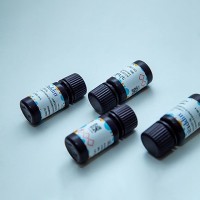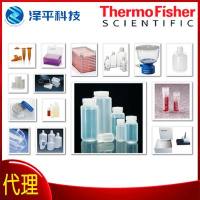Separation of Glycoproteins by Capillary Isoelectric Focusing
互联网
549
Capillary isoelectric focusing (cIEF) has now become a somewhat routine, accepted mode of operation in capillary electrophoresis
(CE). We and others have published several reviews of cIEF (1
–14
). More and more applications become evident every year, especially from the biotechnology industry (7
,15
–24
). cIEF has become a variation of flat-bed isoelectric focusing (IEF), which is a fairly old, standard method of protein separations.
Flat-bed IEF is a form of conventional electrophoresis, which is still often used, especially as part of a two-dimensional
(2-D) arrangement involving cIEF-polyacrylamide gel electrophoresis (PAGE) (25
–32
). Proteomics now employs this 2-D arrangement for complex protein and peptide mixtures, often with immobilized pH gradients
(28
). In this, we use the terms protein and peptide interchangeably, although they are technically not the same terms. cIEF has
some significant advantages over conventional IEF, in that it can be routinely run in a conventional, commercial CE instrument,
whether from Bio-Rad, Agilent Technologies, Beckman Coulter, Waters, or others (7
,9
). It has become a completely automated, analytical method, fully microprocessor controlled, from sample introduction to data
readout (9
,19
–22
). A variety of detection methods are possible, such as fixed wavelength ultraviolet (UV), laser-induced fluorescence (LIF),
and mass spectrometry (MS) (6
,8
,16
,33
–37
). It is even possible to utilize a whole column detection approach with UV, and a commercial instrument is now available
for such applications (38
,39
).







